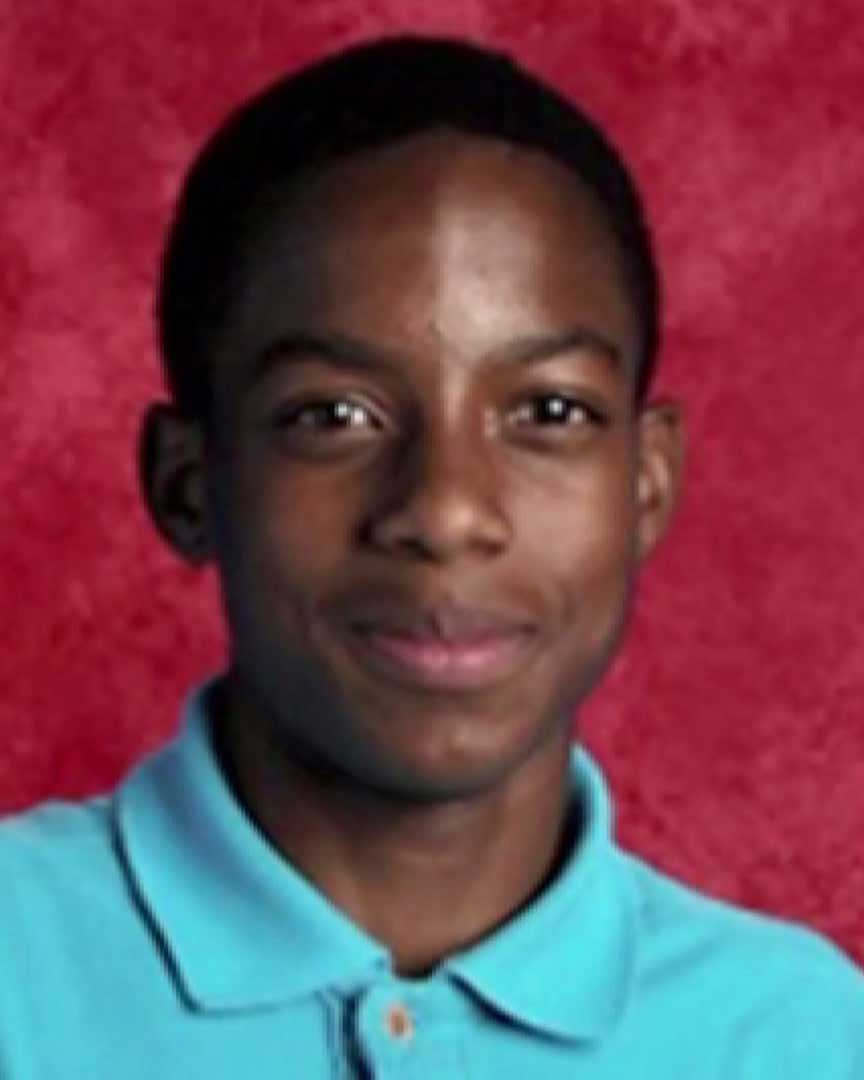A murder trial for a former Balch Springs police officer who killed a black teenager highlights the heightened role video evidence plays in high-profile police shootings that have stirred discourse and triggered protests nationwide over issues of race and law enforcement.
 Parker County Jail
Parker County JailFormer Balch Springs officer Roy Oliver, who is white, opened fire last year into a moving car with five black teens inside, killing 15-year-old high school freshman Jordan Edwards.
Oliver, 38, joined the department in the Dallas suburb in 2011 and was fired after the fatal shooting, an incident that was thrust into a national conversation on the shooting of African-Americans by police.
Prosecutor Michael Snipes told jurors on Thursday Oliver's actions were unreasonable and said Edwards was an "innocent child" whose last words were "duck, get down."
Snipes says the white former officer was angry, out of control and "trigger happy."
Snipes said the prosecution will also show that Edwards and others in the car had nothing to do with shots that were heard outside the house. No guns were found inside the teens' car.
Oliver has said he and his partner feared for their lives as the car sped toward them.
But Oliver's partner, Tyler Gross, testified Thursday that he did not fear for his life as the vehicle went by and that he never felt the need to fire his weapon. During opening statements, Snipes told jurors Oliver fired at the car after it passed Gross and that Gross was in no danger.
Local
The latest news from around North Texas.
Defense attorneys opted Thursday to make their opening statement at a later time. They have previously said Edwards' death was a tragedy but evidence would show Oliver "reacted properly."
A spokesperson for the Dallas County district attorney's office said the trial is expected to last about two weeks.
 NBC 5 News
NBC 5 NewsFollowing the shooting, the Balch Springs police chief reported that police video had contradicted his agency's original statement on the incident. Police first said the vehicle backed up toward officers "in an aggressive manner," but police later said video showed the vehicle was moving forward as officers approached.
Gross estimates there were 100 to 150 kids coming out of the house and officers talked to the host about not having such a big party. Gross testified he saw no drunk teens among the 100 to 150 kids streaming out of the party and only saw one beer bottle. He also said there were no indications of violence.
In body camera footage from Oliver that was shown during the trial, screams and honks could be heard after gunfire rang out near a nursing home. The video then shows Oliver getting a rifle from his patrol car. After firing on the car containing Edwards and the other teens, Oliver can be heard asking Gross if he's all right. Oliver then says the driver of the vehicle tried to hit Gross.
Gal Pissetzky, a Chicago defense attorney, said he does not see any downsides for prosecutors heading into the case, particularly because it will be heard in front of a jury instead of a judge. Judges, he said, often seem more lenient to police officers.
But some legal experts said ahead of the trial that securing a conviction against an officer is a challenge because criminal culpability in such cases is subjective and jurors are more inclined to believe police testimony.
Philip Stinson, a criminologist at Bowling Green State University in Ohio who tracks police shootings, said officers can testify they were in fear for their life, and jurors are often reluctant to second-guess the decisions of an officer faced with an intense street encounter.
By Stinson's count, there have been 93 non-federal law enforcement officers since 2005 arrested for murder or manslaughter in on-duty fatal shootings as of Monday.
Even when armed with video evidence, attorneys can fail to deliver a conviction against an officer, he said.
"Video alone is not (going to) win the case for prosecutors," he said.
While video evidence cannot be altered, Pissetzky said defense attorneys can try to change the way jurors perceive the footage by telling the story through an officer's viewpoint.
"Even a video can be watched in a couple of different ways," he said.
Edwards' stepmother, Charmaine Edwards, testified that her stepson played football from the age of 6 and was also "really into his academics." She testified that he got A's and B's in school and was a people person, close to his brothers.
Edwards' two brothers and two other teens were in the vehicle the night Edwards was killed.
Oliver has a history of hostile and aggressive behavior and "flipped off" the vehicle that held Edwards' body following the shooting, according to court filings from the Dallas County district attorney's office tied to the criminal case. Oliver, while in the eighth grade, posted swastikas in public places, hated anyone who was not Caucasian and was also a member of the group "Caucasians in Effect," the court filing says.
In 2013, he was "uncooperative and used profanity" while testifying in trial, according to the records, and "communicated aggressively" and used profanity with prosecutors that same day.
Oliver's legal troubles extend beyond the murder trial. A lawsuit has been filed over the shooting, and Oliver has been indicted in a separate 2017 incident in which police said he drew a weapon after he was rear-ended while off duty.



